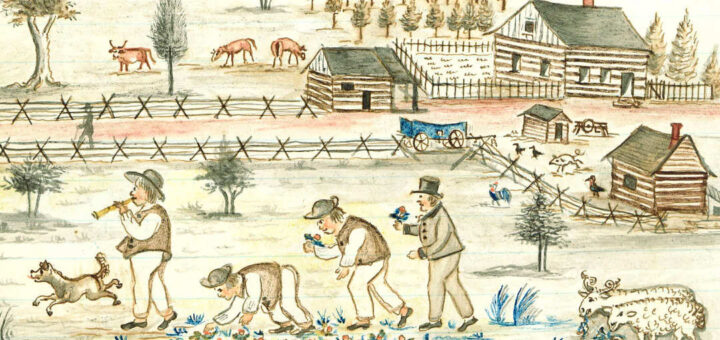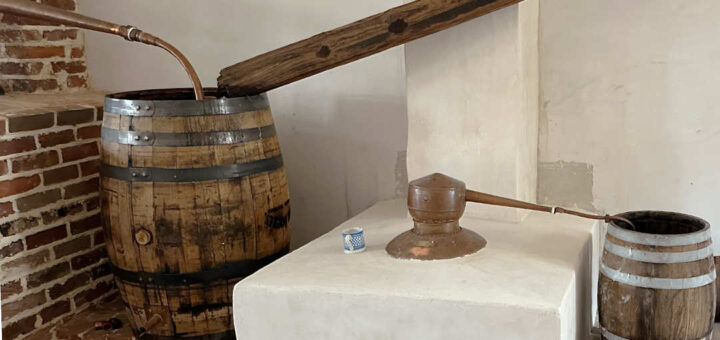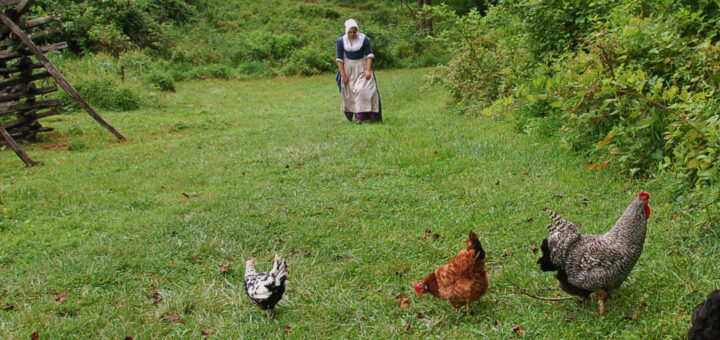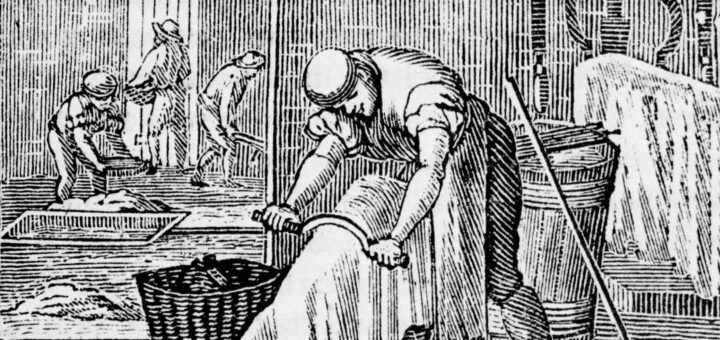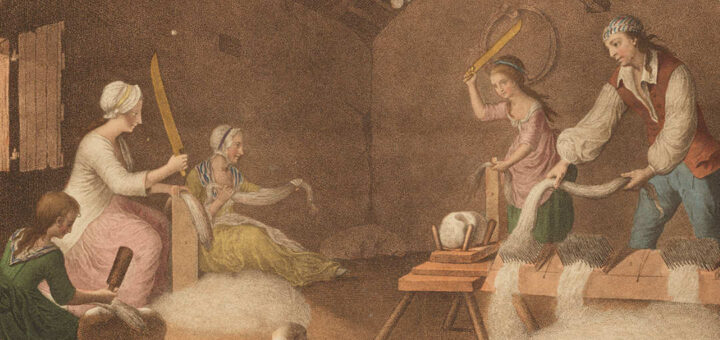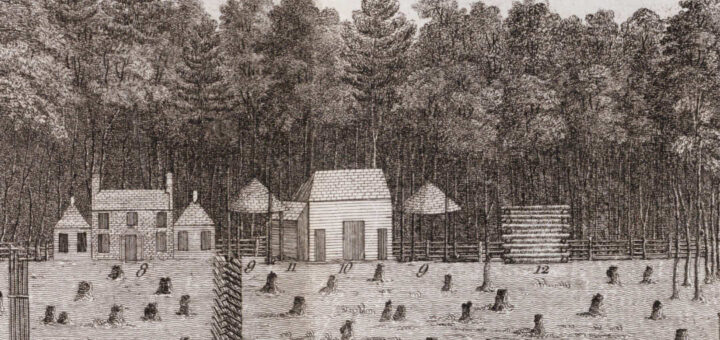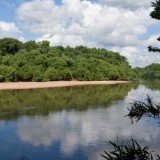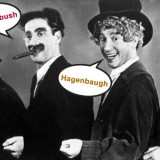Tagged: Homestead Economics Series
This series of articles started with a question: What economic activities contributed to the success of the Hagenbuch Homestead in Albany Township, Berks County, Pennsylvania? Before beginning to write, I already had some ideas....
Many early American farmers distilled their own liquor, not just for their own consumption but also for additional income. According to Mount Vernon, where George Washington ran a sizable distillery, the average Virginia distiller...
Of all the different economic activities at the Hagenbuch Homestead, agriculture was the most important and this only increased with time. After acquiring the homestead property in 1741, Andreas Hagenbuch (b. 1715, d. 1785)...
Life at the Hagenbuch Homestead stank—quite literally! By the early 1800s, the homestead had a sizable tannery, large enough to be recorded on at least one map of the area as the “Hagenbuch Tanyard.”...
In 18th-century America, before cotton was king, flax was the fiber that ruled the fields. Used to weave linen fabric, people depended upon quality flax for a number of textile products—shirts, tablecloths, breeches, sheets,...
How did Andreas Hagenbuch (b. 1715, d. 1785), his immediate family, and his descendants make a living in the 18th and early 19th centuries? Today, we develop skills, find jobs, and build careers in...

